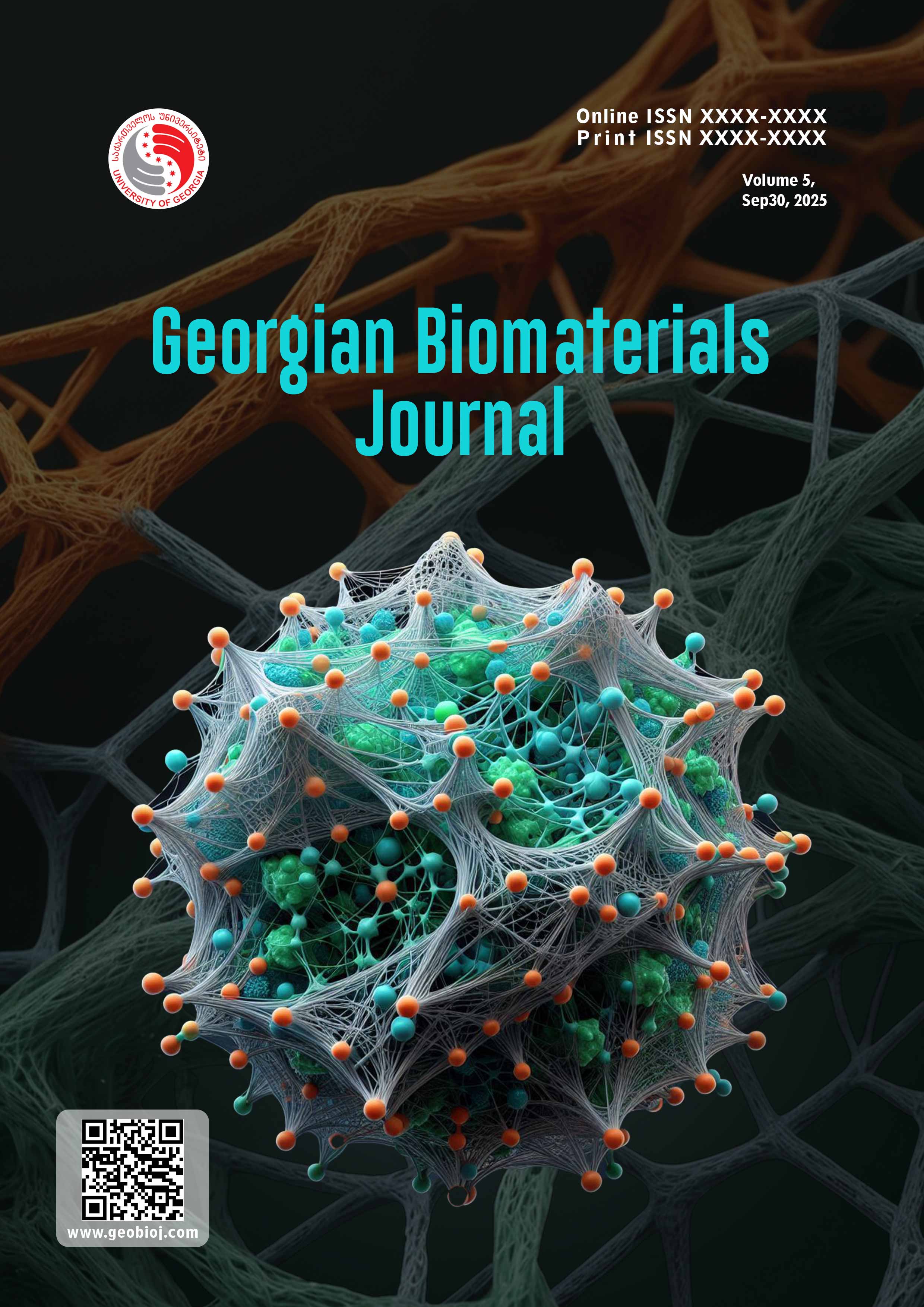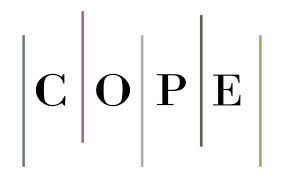About the Journal
Georgian Biomaterials Journal (GBJ) is a peer-reviewed, open-access scientific journal dedicated to promoting research and innovation in the field of biomaterials science. The journal serves as a multidisciplinary platform for researchers, engineers, clinicians, and industry professionals to share high-quality findings and advancements related to the development, characterization, and application of biomaterials. The journal aims to provide a peer-reviewed platform for publishing high-quality original research, critical reviews, and expert opinions related to the development and clinical application of biomaterials. It bridges fundamental sciences and medical practice, focusing on innovations that advance biomaterials in healthcare.
GBJ welcomes a broad spectrum of article types, including original research articles, comprehensive reviews, case studies, short communications, and technical notes in areas such as:
- Design, synthesis, and characterization of novel biomaterials
- Biocompatibility, biofunctionality, and host response evaluation
- Smart, stimuli-responsive materials for drug and gene delivery
- Surface modification and material-tissue interactions
- Immunological and toxicological aspects of biomaterial use
- Nanoscale self-assembly and bionanotechnology
- Implantable devices, biointerfaces, and clinical applications across medical fields (e.g., cancer therapy)
- Tissue engineering and regenerative medicine
- Diagnostic systems using innovative contrast and sensing agents
- Advances in 3D printing, biofabrication, and computational modeling
- Translational research bridging bench-to-bedside innovations
The journal is committed to fostering international collaboration. By facilitating knowledge exchange and encouraging interdisciplinary dialogue, GBJ aims to support the development of safe, effective, and innovative biomaterial-based solutions for healthcare challenges.
All submissions to GBJ undergo a rigorous peer-review process to ensure scientific integrity and excellence. Articles are published under an open-access model, enabling unrestricted global access and maximum visibility for authors and their work.




